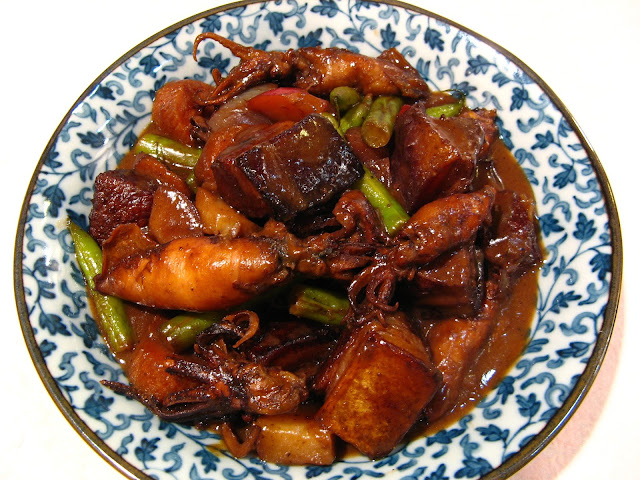Japanese curry goes well with chicken wings. The chicken
wings are marinated before being browned in the Dutch oven. I always marinate
my chicken (out of habit and being able to use the chicken in other stir-fry
dishes), but you can simplify this recipe and not marinate the chicken at all. Chicken
wings cook very fast, so only 15 minutes is needed to cook them with the
carrots after being browned. As usual a prepared Japanese curry sauce mix is
used and added at the end to finish the dish.
Enjoy!






